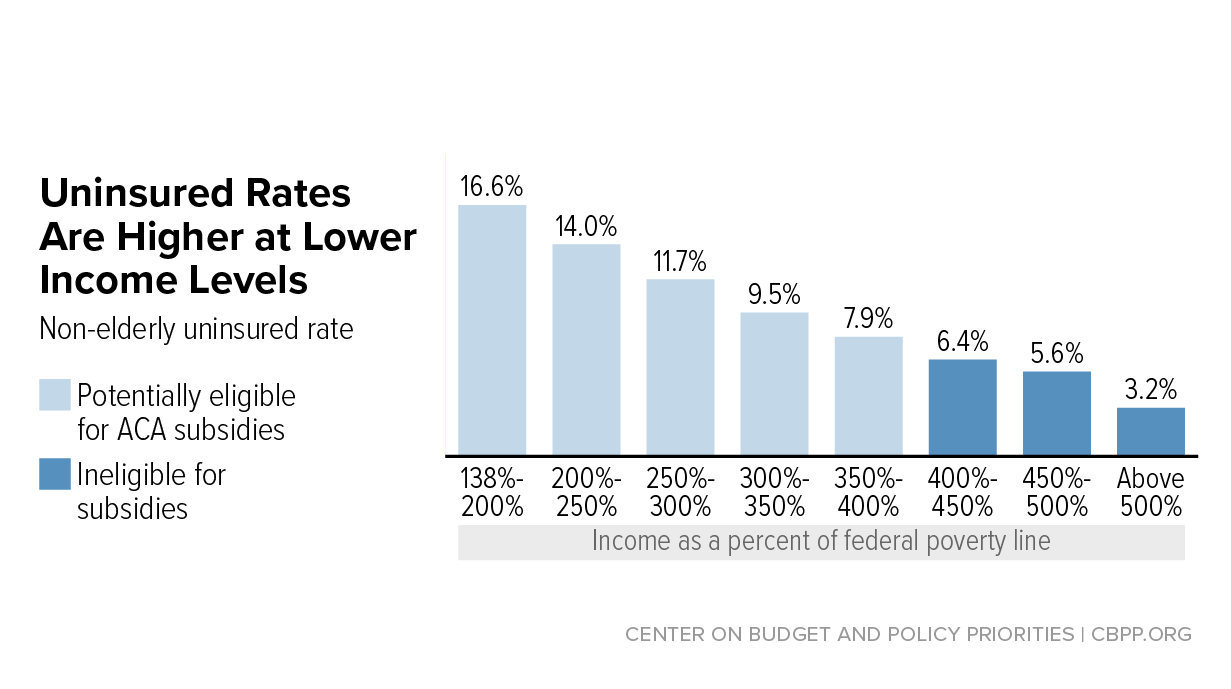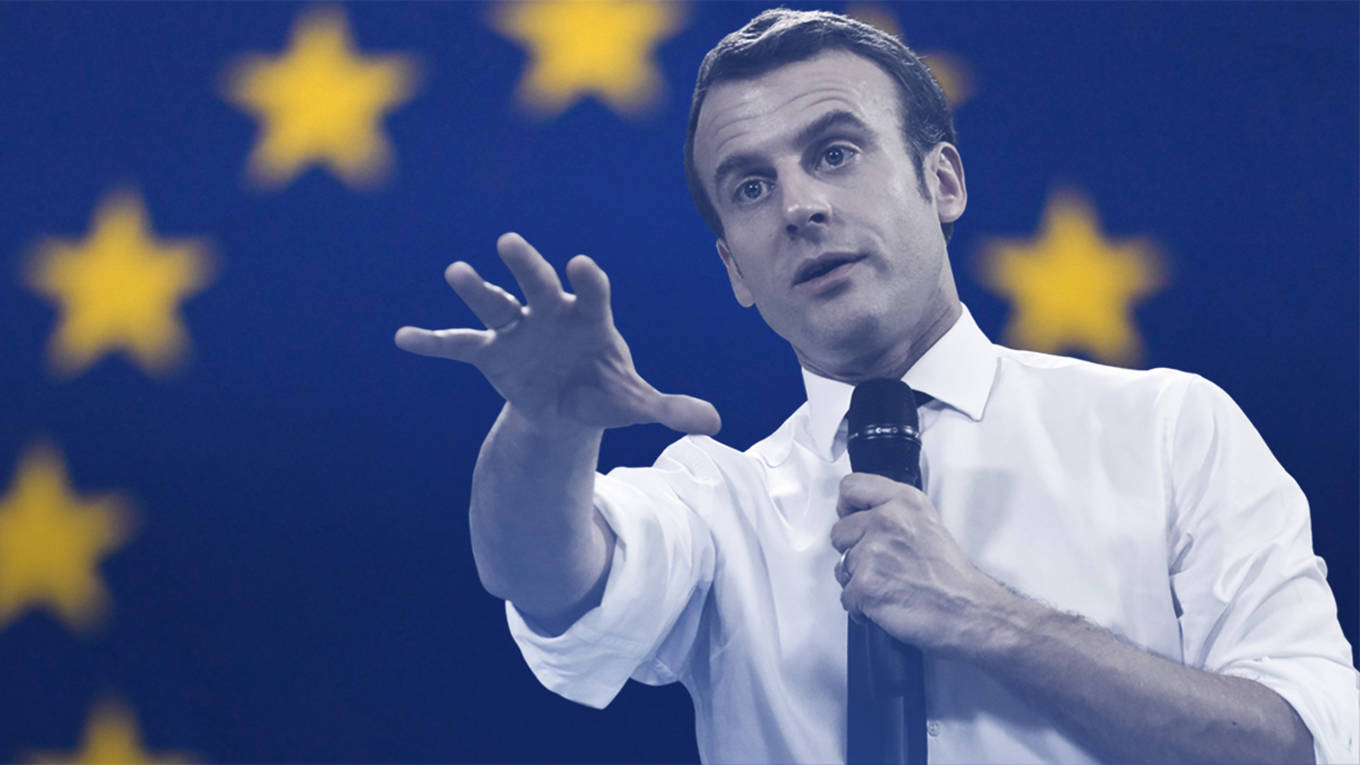This continuing debate around MMT theory may seem arcane to some.But it contains an important parable about "growth" and "economics". There are many economic variables (wages, profits, currency, classes of labor and industrial organization, credit, et al) that have different histories in each society. Change the mission or governance of a corporation in exchange for granting it limited liability, for example, and many of the variables, and their relationships, are altered too. MMT, or the infinite credit if you print your own money theory, however, has a healthy side, even if it unnerves some economists. I do not think we will be harmed by a governing theory that says: " we need to reverse the austerity direction and corruption, and move forward as far as we possibly can and like JFK said the sky is the limit". The inflation machine will tell us when we have gone too far. Also, maybe we can think about payments in some spheres being in non-economic forms -- like fishing, where every day so lived adds a day to your life.
Dean Baker
The Hankyoreh, March 17, 2019
See article on original site
Much of the Democratic Party, including almost the entire pack of contenders for the Democratic presidential nomination, has embraced the concept of a Green New Deal (GND). This is an ambitious plan for slashing greenhouse gas emissions, while at the same time creating good-paying jobs, improving education, and reducing inequality.
At this point, the specific policies entailed by these ambitious goals are largely up for grabs, as is the question of how to pay for this agenda. One way of paying for it, borrowing from the economic doctrine know as Modern Monetary Theory (MMT), is that we don't have to.
Modern Monetary Theory argues that a government that prints its own currency is not constrained in its spending by its tax revenue. Some on the left have argued that we can just print whatever money we need to finance a GND. This claim does not make sense.
The logic of MMT's claim is that, since the US government prints its own currency, it is not constrained by revenue from taxes, or what it borrows in credit markets. It can always just print the money it needs to cover its spending.
If the government wants to spend another billion dollars paying workers to build roads or paying contractors for steel, who is going to turn down its money? They will just be happy to get the money, end of story.
The limiting factor is that, at some point, this process can lead to inflation. If an economy has a substantial amount of excess capacity, meaning that there are a large number of unemployed workers and idle factories and other facilities, the additional spending due to printing money will just put some workers and factories to use. There should still be plenty of competitive pressure to limit wage and price increases.
This was quite effectively demonstrated in the recovery from the Great Recession, in which the United States, the eurozone, and Japan have all struggled to increase their rates of inflation. In all three cases, the large-scale printing of money had a modest impact, at best, in raising the rate of inflation. The predictions of runaway inflation made by conservative economists were shown to be completely wrong.
While it's true that countries could print money to boost their economies to recover from the Great Recession, that doesn't mean that the United States could now spend a large amount of money on GND projects, without tax increases and/or offsetting spending cuts. The reason is that we have largely recovered from the Great Recession.
The unemployment rate is now under 4.0 percent, lower than it was before the Great Recession started. While there is some evidence of slack in the labor market by various measures, it has tightened to the point that workers are now seeing pay increases that exceed the rate of inflation.
The average hourly wage increased by 3.2 percent over the last year. That compares to a 2.8 percent rate of increase in the prior year, and a 2.4 percent increase from 2016 to 2017. This tightening of the labor market is great news because it means that millions more workers have jobs and that most workers are now sharing in the gains from growth.
However, it means that we are pretty much at the end of the "just print money" option. If we were to spend an additional $200 billion a year (1.0 percent of GDP) on installing solar panels and windmills, retrofitting buildings, and building electric cars and buses, it would further increase demand in the labor market and almost certainly lead to considerably more rapid wage growth.
While slightly faster wage growth would be fine, this sort of boost to demand is likely to quickly push the rate of wage growth to well over 4.0 percent or even 5.0 percent. Higher wages could come partly out of profits (there was an enormous shift from wages to profits in the Great Recession, which could be reversed), but pretty soon, substantially more rapid wage growth would be passed on in prices.
We would then be getting the story that the conservative economists had always warned about, with printing money leading to inflation. How high inflation goes would depend on how far we go down the just print money route.
All of our models show that inflation is a gradual process, with more rapid price increases leading workers to demand higher wages, which are then passed on in another round of price increases.
It's hard to say with any certainty how fast this inflation would accelerate since we haven't really had much of a problem with inflation since the 1970s, almost 40 years ago. The world is a very different place today, with the US having a much more open economy and unions being far less powerful.
Still, there is little reason to question that the standard economic logic will still apply. If we have a very tight labor market where employers are competing for workers by bidding up wages, this will lead to upward pressure on prices, which will cause workers to demand higher wages to maintain their standard of living.
MMT does not give us a way around this picture. While it was important to point out that we didn't have to worry about deficits in the downturn, telling us that we can just print money as the economy nears full employment does not make sense. If we want to have a big GND, we will have to find some ways to pay for it.
We should perhaps not blame politicians who advocate a GND without telling us how they plan to pay for it. After all, Republican politicians have been getting elected for 40 years by promising big tax cuts without saying how they would pay for them. It is understandable that Democrats might think that they should also be able to promise now and pay later.
But, if they tell us that we don't have to pay for it, they are wrong. The printing press will not do the trick.
-- via my feedly newsfeed





